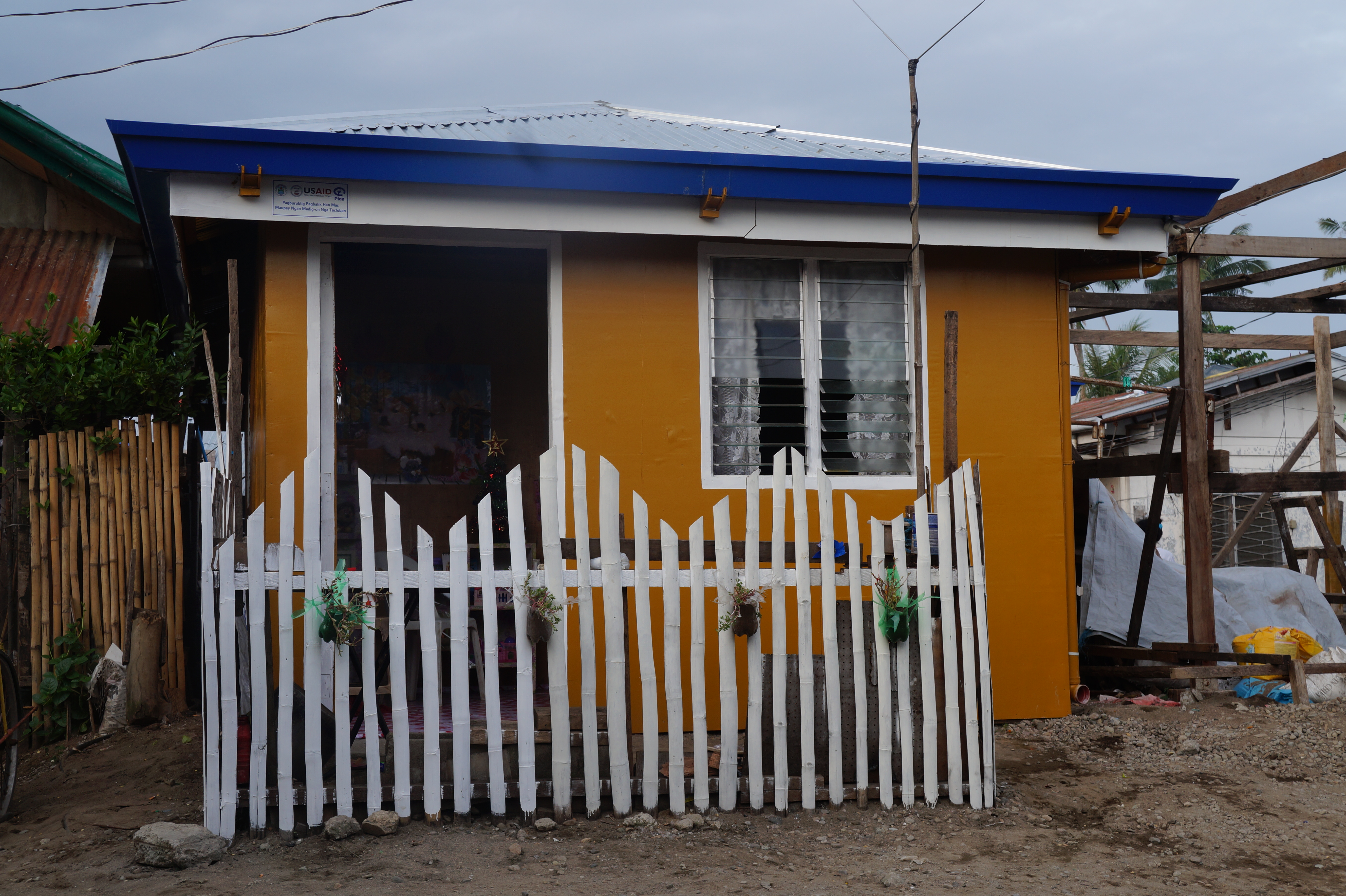Day One of the Plan International Philippines (Plan) media tour brought us to Barangays 62 and 62-A in Tacloban City.
By a stroke of luck, both barangays did not sustain casualties even if a storm surge of several meters high submerged the two villages, forcing residents to cling to dear life on rooftops and go to higher ground. A number of residents whose houses were damaged either totally or partially received aid from Plan and its partner institutions.
Tacloban City


One of the shelter assistance beneficiaries is Barangay 62-A’s Gigi Faner, 36, a single parent with three kids (aged 14, 12 and 10).
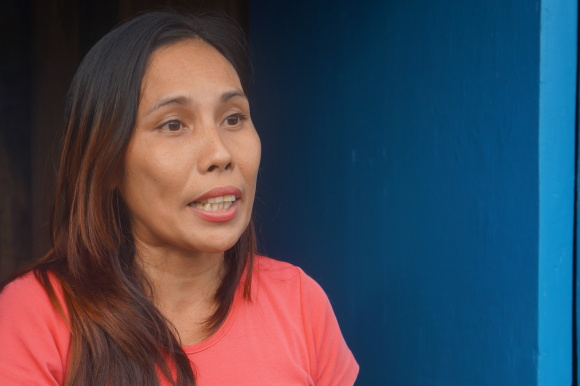
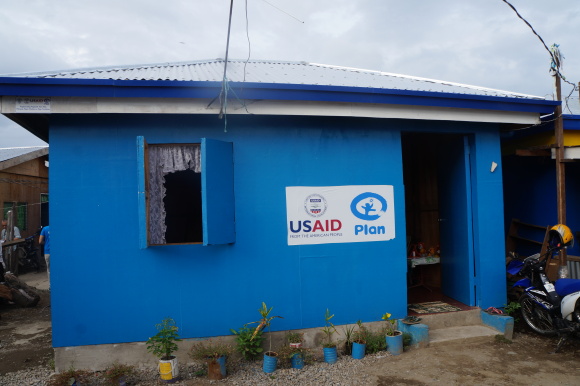
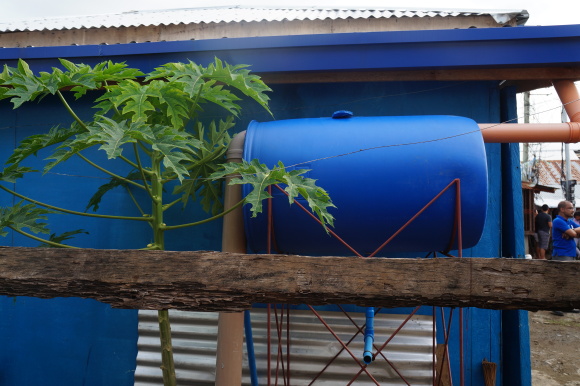
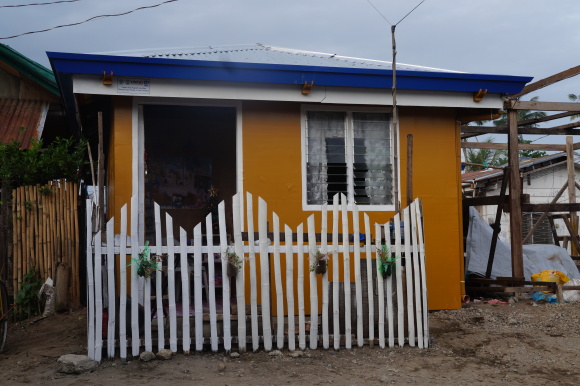
Vicente, a market vendor who also lived at Barangay 62-A, also received shelter assistance, in time for his wife Girlie’s childbirth. Their family, including their shoemaker father, had to raise more funds to obtain housebuinding materials beyond what are included in the the spartan shelter assistance.
In the case of Vicente, Girlie and their baby Mikaela, they needed insulation from the searing heat of the sun — a kisame.

Plan is in the middle of a 12-month shelter project in both Barangays 62 and 62-A, with the following objectives: Rebuild 300 houses; rehabilitate and provide “shelter kits” for 889 other houses; provide rental support for 200 households; and give other forms of support to another 100 more households. The project is funded by the USAID Office of Foreign Disaster Assistance.
Eastern Samar
The next day, we visited Barangay Bolusao, Lawaan town, Eastern Samar province and saw another newly-built “build back better” house, which Plan also describes as a “transitional” shelter.
Here’s a closer look of the major “modifications” in the newly-built “transitional” shelter:
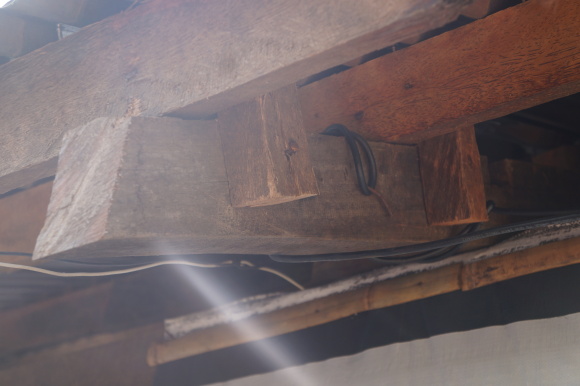
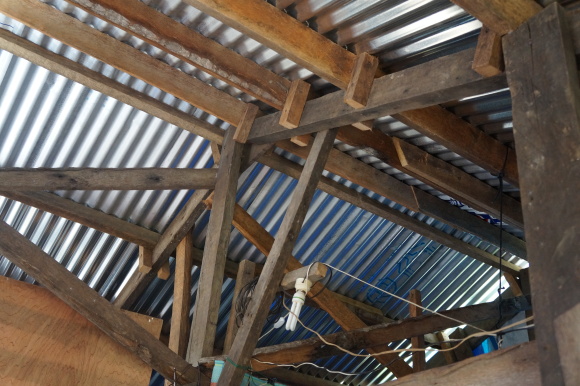
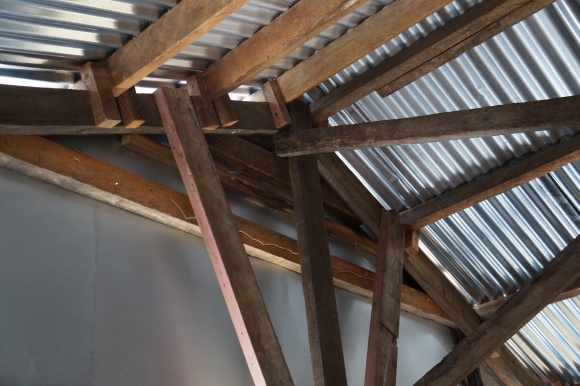
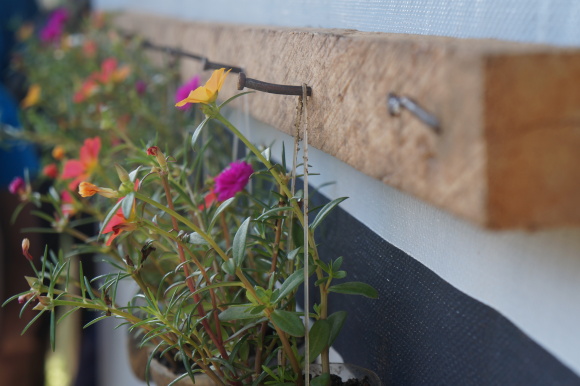
According to Plan, it gave “shelter kits” to 119 beneficiaries in Barangay Bolusao.
A “shelter kit” consists of 12 CGI sheets (yero). 8 pieces of coco lumber, roofing nails, plain sheet, ridge cap and sealant.
To help spur the building of houses, carpentry training workshops are done among the residents and those who acquire skills could get paid in “cash-for-work” schemes.
Build back better
The shelter programs of many international and national NGOs and even that of the government carry the label “build back better”.
It is actually an international battlecry for shelter programs after big humanitarian disasters and is governed by seven principles. The UN agency OCHA explains the challenges to the “build back better” program, the biggest of which is the lack of adequate funding.
While it reports that at least a million lost their homes to Yolanda, UNOCHA says that emergency shelter assistance has reached only 500,000, as of Oct 2014.
Most of the tents and “transitional” houses I saw bore labels or identification marks of the donor agencies, and I did not see a single house put up or funded by the national government.
More needs to be done in Eastern Visayas, as we could see from makeshift shelters such as this one:
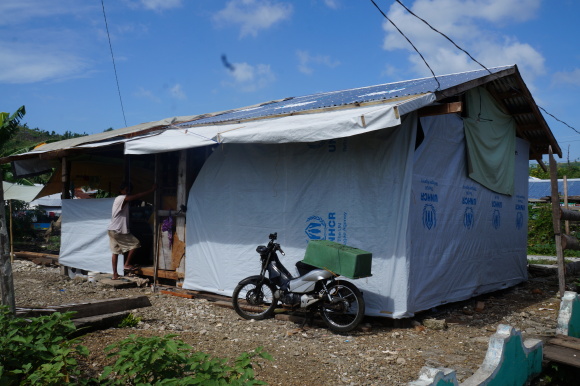
It is important to note that before Yolanda caused massive devastation and humanitarian crisis in the region, Eastern Visayas was not exactly a paradise: Its provinces are among the poorest in the country, with residents mostly poor and landless farmers, coconut growers, fisherfolk and small entrepreneurs. They obviously do not have the means to “rehabilitate” their own houses and livelihood (for example, the coconut and copra industries may take years or decades to recover). In addition, the national government has “privatized” its mass housing program.
We have yet to know just how much in taxpayer money is being allocated by the Aquino government for mass housing in Yolanda-stricken areas such as Tacloban and Eastern Samar — and just how the money is being spent. At least for Plan, the funding for emergency and “transitional” shelters comes from USAID and its other partners.
If it is any consolation, the “build back better” program provides the public its first view of how disaster-ready housing should be built and gives emergency and “transitional” shelter for thousands of our kababayans.
Part 1 – #RememberHaiyan Diaries: Touchdown Tacloban
Part 3 – #RememberHaiyan: The new normal after Yolanda
Elsewhere: Resilient? (Manila Bulletin)
(Acknowledgment: Thanks to Plan International Philippines for inviting me to join its media tour. The international NGO provided airfare, airport transfer, accommodations, land transportation, meals, and the itinerary for this media tour. The view expressed in my posts are my own, except for the quotes directly attributed to spokespersons of Plan International Philippines and other possible sources.)
